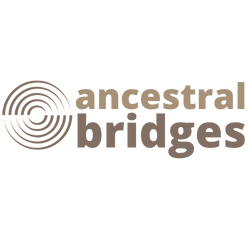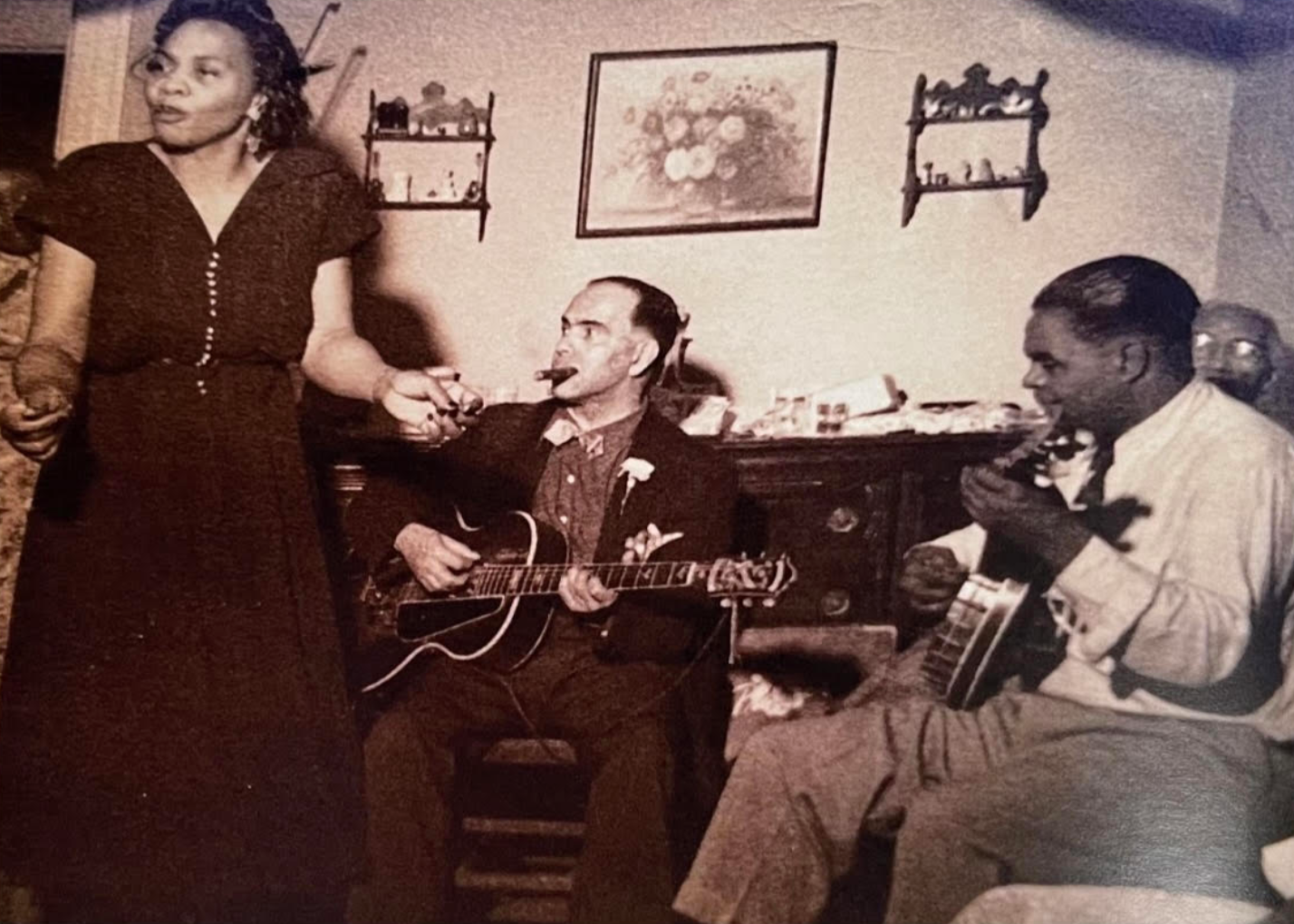Visit
We are located within walking distance of the Emily Dickinson Museum, West Cemetery, and downtown Amherst.
Address:
29 A Cottage Street, Amherst, MA 01002
Summer/ Fall 2025 Public Hours
Tuesday and Wednesday: 11 AM - 5 PM
(by appointment)Thursday: 11 AM - 6 PM
Friday: 12 PM - 5 PM
Saturday: 12 PM - 4 PM
*Appointments are always encouraged. Please note that hours are subject to change during events.
Contact:
info@ancestral-bridges.org
(413) 230 - 3240
Current Exhibits
Ancestors: A True History of Amherst
Meet the ancestors — generations of Black and Afro Indigenous residents of Amherst. Many lived in the historically Black Westside neighborhood of Amherst, which includes Hazel Avenue, as well as Railroad, McClellan, Beston, and Paige Streets. Some worked at Amherst College, serving meals on plates that depicted Lord Jeffery Amherst attacking Indigenous people, while they mentored and befriended students. They built businesses and churches, provided homes for newly arrived Black migrants from the South, performed jazz music internationally, and faced systemic racism that denied them scholarships, jobs, and opportunities.
This exhibit seeks to center this long-neglected aspect of town history and reveal its rich complexity. Our families' old black-and-white photographs complement oral histories — some yet to be recorded. We hope that these images, stories, and artifacts raise questions, prompt further research, and challenge us all to meet our collective responsibility to build a more just and equitable future.
Heartbeat: The Jazz Roots of Amherst
Before and at the turn of the 20th century, Amherst's Black and Afro Indigenous communities helped cultivate a vibrant, if often overlooked, jazz scene. Jazz was rooted in African American musical traditions, and it arrived in town through church gatherings, front-porch jam sessions, and community events — spaces where rhythm met resilience.
For local Black and Afro Indigenous musicians like Gil Roberts, jazz was more than music. It was a way to claim identity, sustain families, challenge exclusion, and connect generations. Each improvisation carried stories of migration, injustice, and joy, echoing far beyond Amherst and the Connecticut River Valley into the broader cultural currents of the world.
The Freedom Room
”Juneteenth: Untold Stories of Liberation”
The journey to freedom was not just declared—it had to be enforced. Among the brave soldiers who carried out this mission were members of the 54th Massachusetts Infantry Regiment and the Massachusetts 5th Cavalry, Black troops who fought for a Union that had not yet granted them full citizenship.
Their difficult march to Galveston, Texas, in the final days of the Civil War was a harrowing journey through hostile territory, where Confederate resistance and the brutal realities of war tested their resolve. Yet, their arrival on June 19, 1865 -- now commemorated as Juneteenth -- marked the long-overdue enforcement of the Emancipation Proclamation in Texas, turning legal freedom into lived reality for thousands still held in bondage.
Among these soldiers were the Thompson brothers —Christopher, John, Henry, James, and Charles — whose names are etched into history and memorialized on Amherst's Civil War tablets. Their service embodies the sacrifices of those who fought not just for the Union, but for the promise of freedom itself. Their story, like so many others, has remained in the shadows for too long. By uncovering and sharing these narratives, Ancestral Bridges ensures that the courage of these men is honored and that their march toward justice is never forgotten.
We invite you to explore this history with Debora Bridges, descendant and creator of the Civil War Tablet & Photograph Exhibit located at the Bangs Community Center in Amherst. Here, Ms. Bridges takes a deeper dive, bringing forward artifacts and stories that predate the Civil War Tablets.
Hats: From Industry to Resistance
The hat-making industry in the Connecticut River Valley was a vital part of the region's economy during the 18th, 19th, and early 20th centuries. From the Hills Hat Factory in Amherst to the larger mills in neighboring towns, hat production linked local laborers to a global trade network.
This legacy extends to Black and Indigenous artistic traditions, where hats signify identity, resilience, and self-expression. More than commodities, hats represent cultural artifacts, woven from histories of migration, craftsmanship, and resistance. Church hats in Black communities, for example, embody a lineage of dignity and faith, while Indigenous headdresses carry ancestral significance. Using historical images and multimedia, Ancestral Bridges invites visitors to see these hats not just as fashion but as symbols of interwoven narratives.
This exhibit and project reclaims the voices of those who helped shape Amherst's millinery past, assuring their stories remain visible in the present.
Afro/Indigenous: Artistry and Atlantic Waves
Water connects us, reunites us, and sustains us.
Currently featured artists: Justin Beatty, Lisa Brooks, Anika Lopes, Douglas Miles, Sr., Elizabeth James Perry, Kamil Peters, Shirley Jackson Whitaker.







